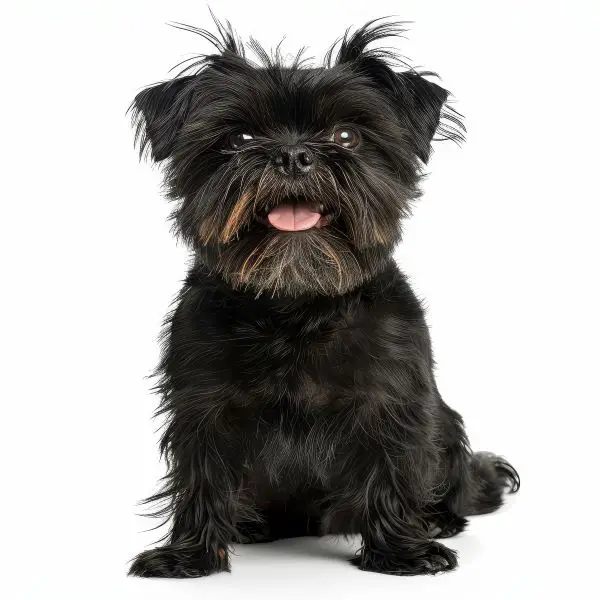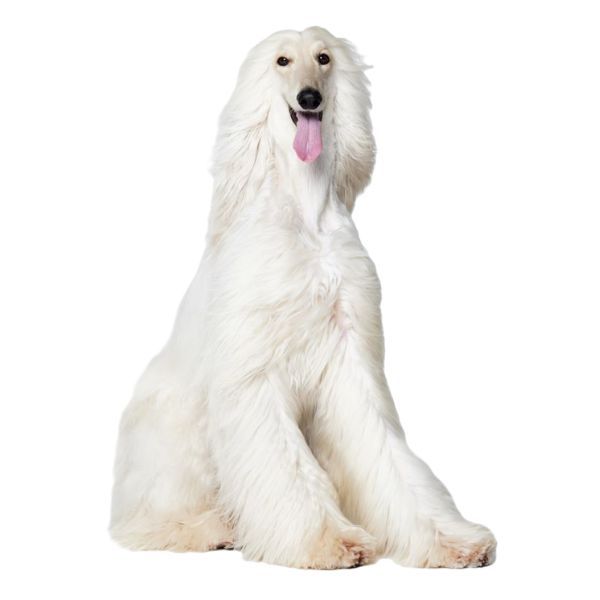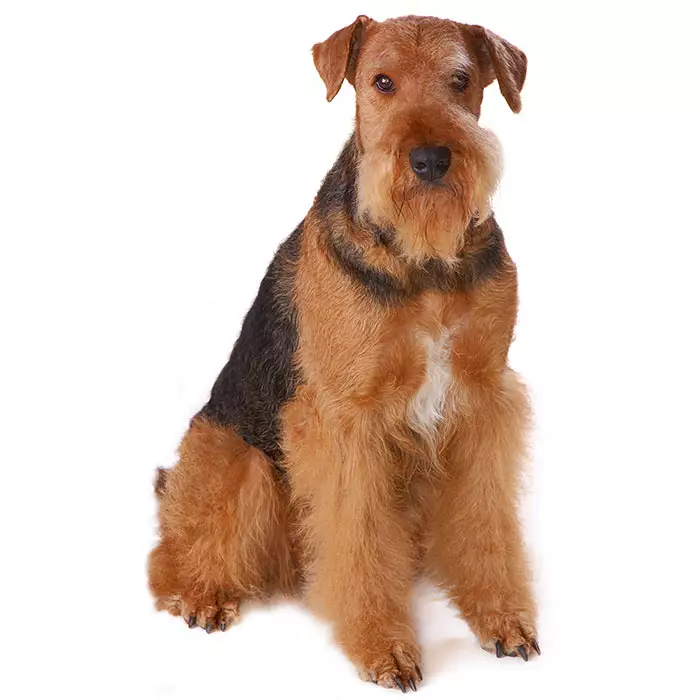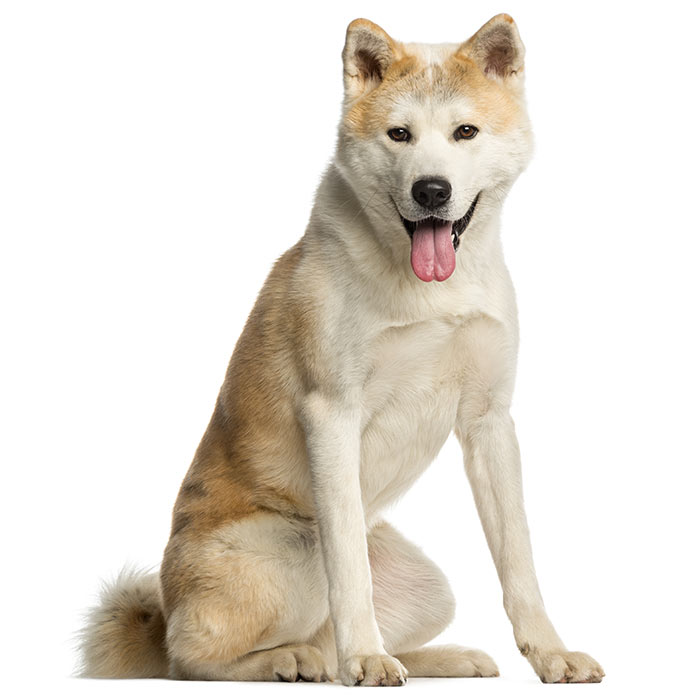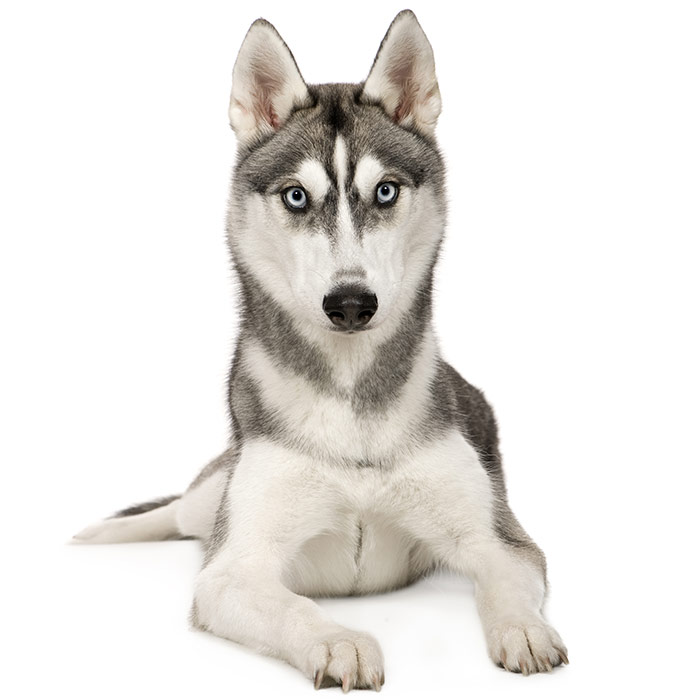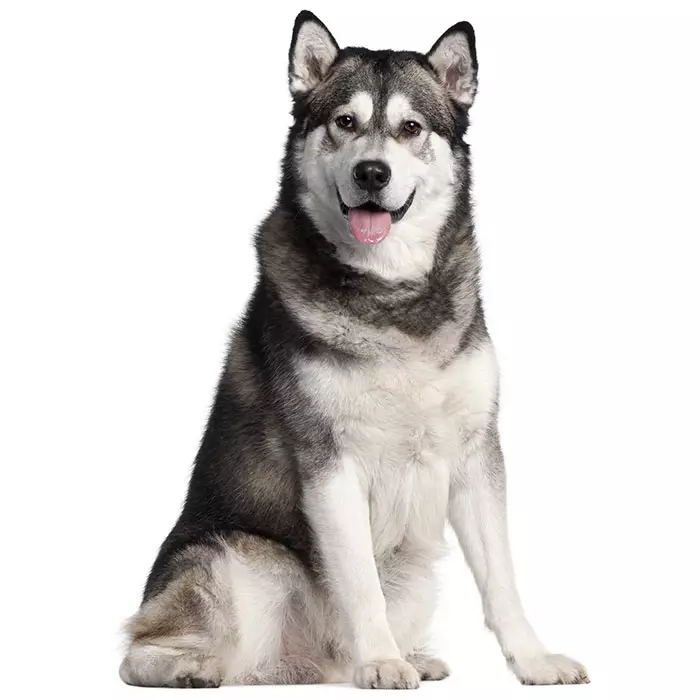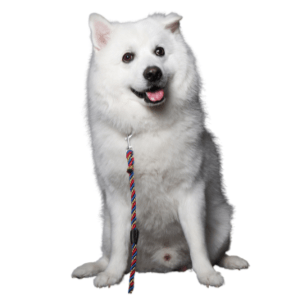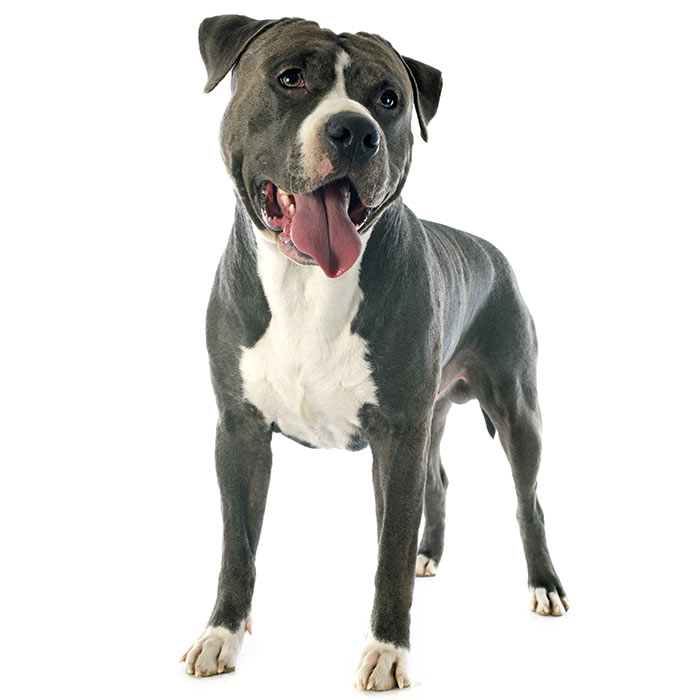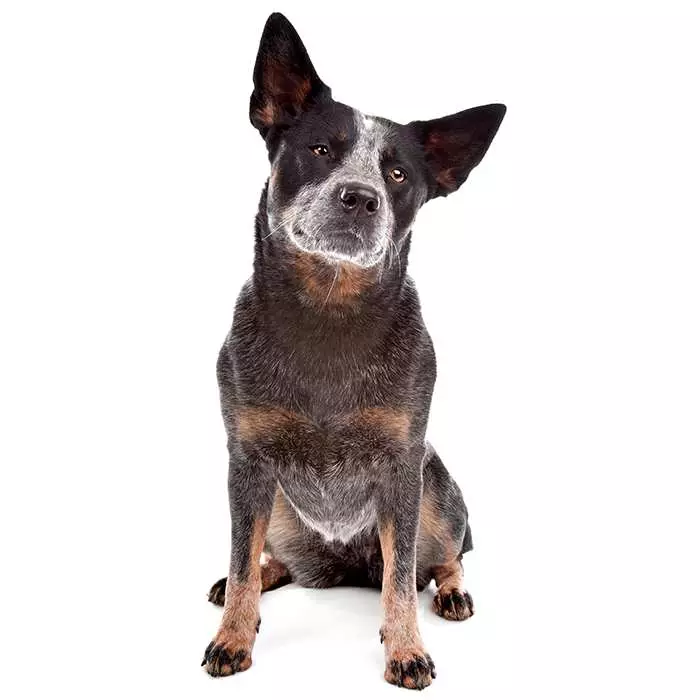Dog Breeds
You’ve decided to bring a dog into your family, but now it’s time to choose a breed. This can be a difficult process with lots of factors to consider. To help make your search easier, we have put together a listing of the most popular dog breeds in Australia.
You’ll be able to find pictures, learn about breed history, temperament, common breed diseases and conditions and lots of other interesting facts to help guide you through the process of choosing the right dog!
Another great option is to try our Breed Selector, which matches you with your most compatible breeds based on your lifestyle! Take the Breed Selector quiz.

